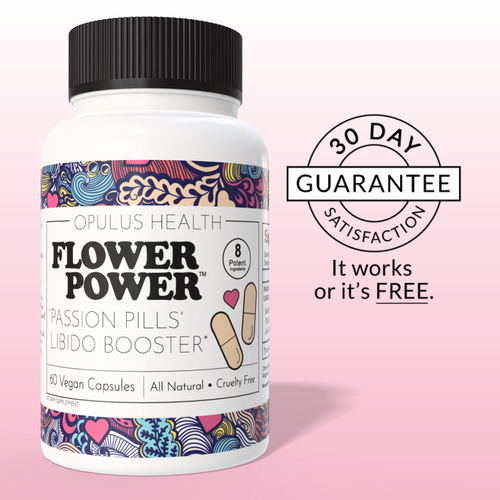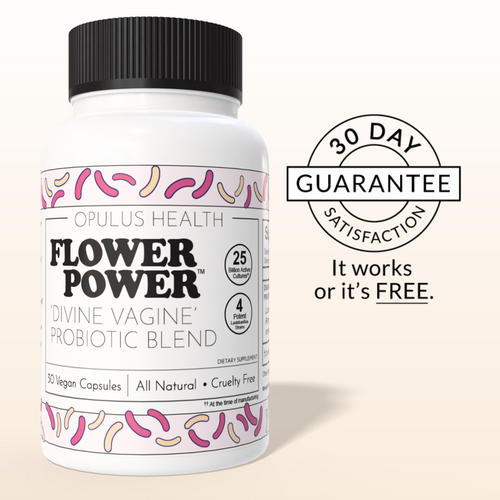The pH level measures the acidity and basicity of a material. Just like other parts of your body, your vagina has its own pH balance. Maintaining a healthy vaginal pH is important for preventing infections, balancing hormones, and supporting healthy pregnancies.
A pH value below 7 is acidic, while anything above 7 is basic (alkaline). A healthy vaginal pH is typically less than 4.5, which is slightly acidic. This acidity helps protect against harmful bacteria and yeast that can cause infections.
How to Know if Your Vaginal pH is Off
Changes in Discharge
If you notice your vaginal discharge has become white, gray, or yellow with a texture similar to cottage cheese, this may indicate a pH imbalance. Normal discharge is usually clear to white.
Changes in Odor
A fishy smell could be a sign of a pH imbalance. Healthy discharge often has a subtle or odorless scent.
Itching or Discomfort
Experiencing itching, burning, or discomfort in your vaginal area could be a sign of an imbalance. This may also be accompanied by pain during urination, which can indicate a yeast infection or bacterial vaginosis (BV).
What is a Healthy Vaginal pH?
Generally, a normal vaginal pH ranges from 3.8 to 4.5. This acidity helps prevent bacterial overgrowth and infections. During reproductive years, the vaginal pH is typically below 4.5. However, after menopause, it can rise closer to 5 due to hormonal changes.
Signs of Vaginal pH Imbalance
There are several signs that may suggest a pH imbalance:
- A strong, fishy odor
- Gray, green, or frothy discharge
- Itching or swelling around the vaginal area
- Burning sensation during urination or sex
These symptoms can be associated with conditions such as bacterial vaginosis, yeast infections, or trichomoniasis.
Why is Vaginal pH Imbalance a Problem?
An imbalanced pH level can lead to discomfort, discharge, and infections. Factors like semen, menstruation, or using harsh soaps can disturb the pH. A rise in pH creates an environment where harmful bacteria and yeast can thrive, leading to conditions such as:
- Bacterial vaginosis
- Yeast infections
- Trichomoniasis
If you experience severe symptoms, it's important to consult a doctor for diagnosis and treatment.
How to Test Vaginal pH
Vaginal pH can be tested at home using kits available online or at pharmacies. These kits include strips that change color based on the acidity of your vaginal fluid. While useful, these tests cannot diagnose specific infections. For a thorough diagnosis, it's best to visit your doctor.
Remedies to Restore Vaginal pH Balance
Consider Using Boric Acid Suppositories
Boric acid has been used for over a century as a treatment for bacterial vaginosis. It can help balance the pH and alleviate symptoms. You can find boric acid suppositories online or at your local pharmacy.
Increase Probiotic Intake
Probiotics, found in supplements and fermented foods, contain lactobacilli that help maintain a healthy vaginal pH. You can take probiotics orally or apply them intravaginally to support the balance of bacteria.
Use Barrier Protection During Sex
Exposure to sperm can raise the pH of your vagina, increasing the risk of bacterial vaginosis. Using condoms during intercourse can help protect the vaginal flora and maintain a healthy pH balance.
Consult Your Gynecologist
If natural remedies don't work or your symptoms worsen, consult your gynecologist for further treatment options and regular checkups.
Should You Be Concerned About Your Vaginal pH?
Vaginal pH is naturally acidic, which helps protect against infections. While factors like menstruation, sex, or medications can affect your pH, this doesn't always signal an imbalance. If you experience recurring infections, UTIs, or other discomforts, consult your doctor. They can recommend treatments such as probiotics or vaginal gels to help restore balance.
Tips for Maintaining a Healthy Vaginal pH
Use Condoms During Sex
Condoms help prevent bacteria from entering the vaginal environment during intercourse, protecting against infections.
Avoid Douching
Douching can disrupt the natural balance of bacteria in your vagina. Instead, gently clean the external area with mild soap and water.
Eat a Balanced Diet
Incorporate probiotic-rich foods like yogurt into your diet, and limit processed and sugary foods that can contribute to yeast infections.
Wear Breathable Clothing
Wearing loose-fitting, cotton underwear helps improve airflow and reduces the risk of infections.
Change Pads and Tampons Regularly
Menstrual blood can raise your vaginal pH. Changing pads and tampons frequently helps maintain the natural acidity of your vagina.
Enjoy Yogurt
Yogurt contains beneficial bacteria like Lactobacillus, which helps promote a healthy vaginal environment.
Conclusion
Maintaining a healthy vaginal pH is essential for preventing infections and supporting overall health. By following simple steps like eating probiotic foods, using condoms, and avoiding harsh chemicals, you can keep your pH in balance. If symptoms persist, consult your doctor for further guidance and treatment.











